LIFE IN KOREA
Experience And Discover
Korea
Seoul is an incredible city to explore
-
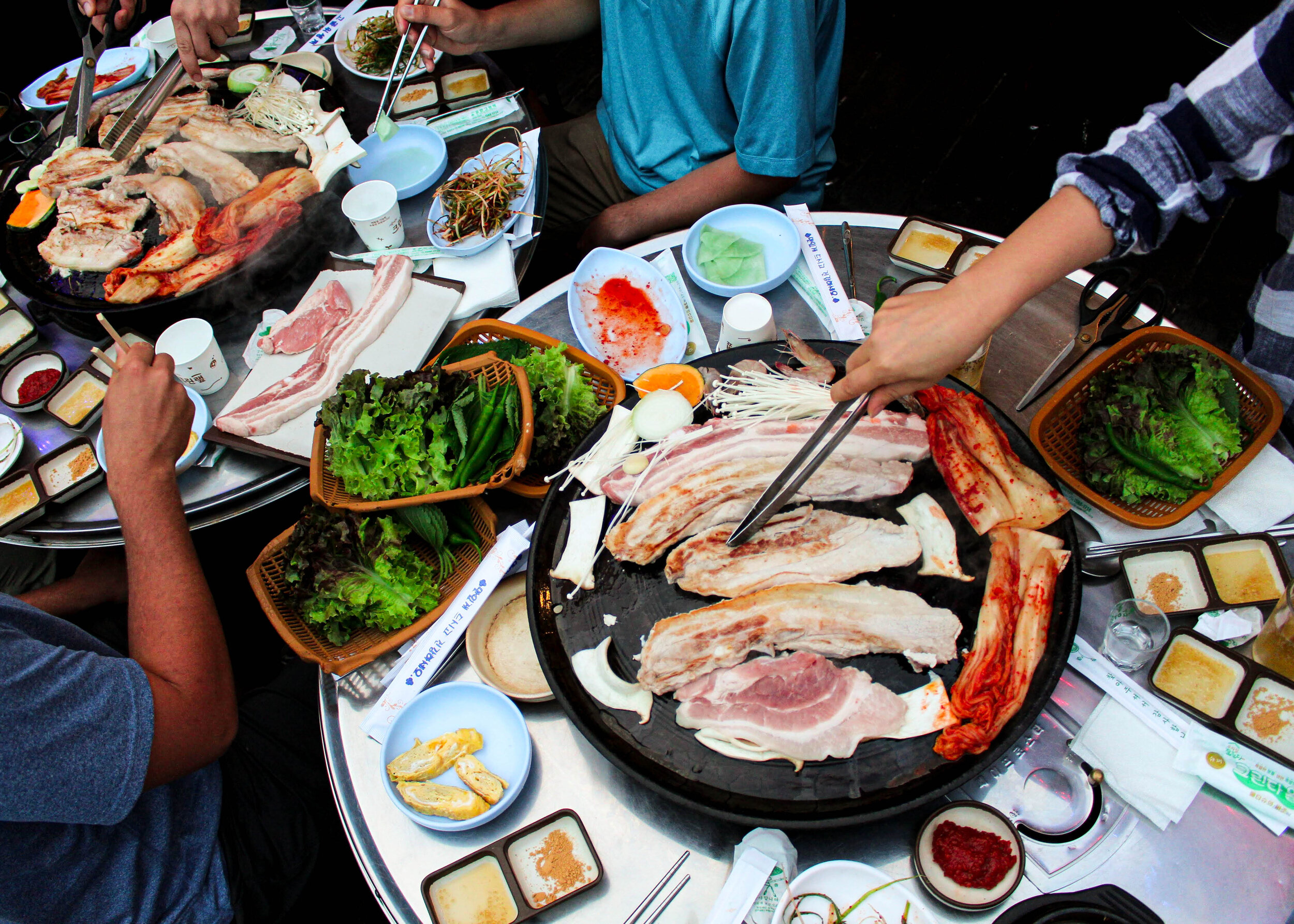
Amazing food
“I had barely tried Korean food before moving to Seoul, and now I can't imagine going a day without it. Every meal includes multiple bonchon, delicious sauces and is often communal, making each dining experience not only delicious but also a fun experience to share with friends!” - GSG member, Class of 2023 -
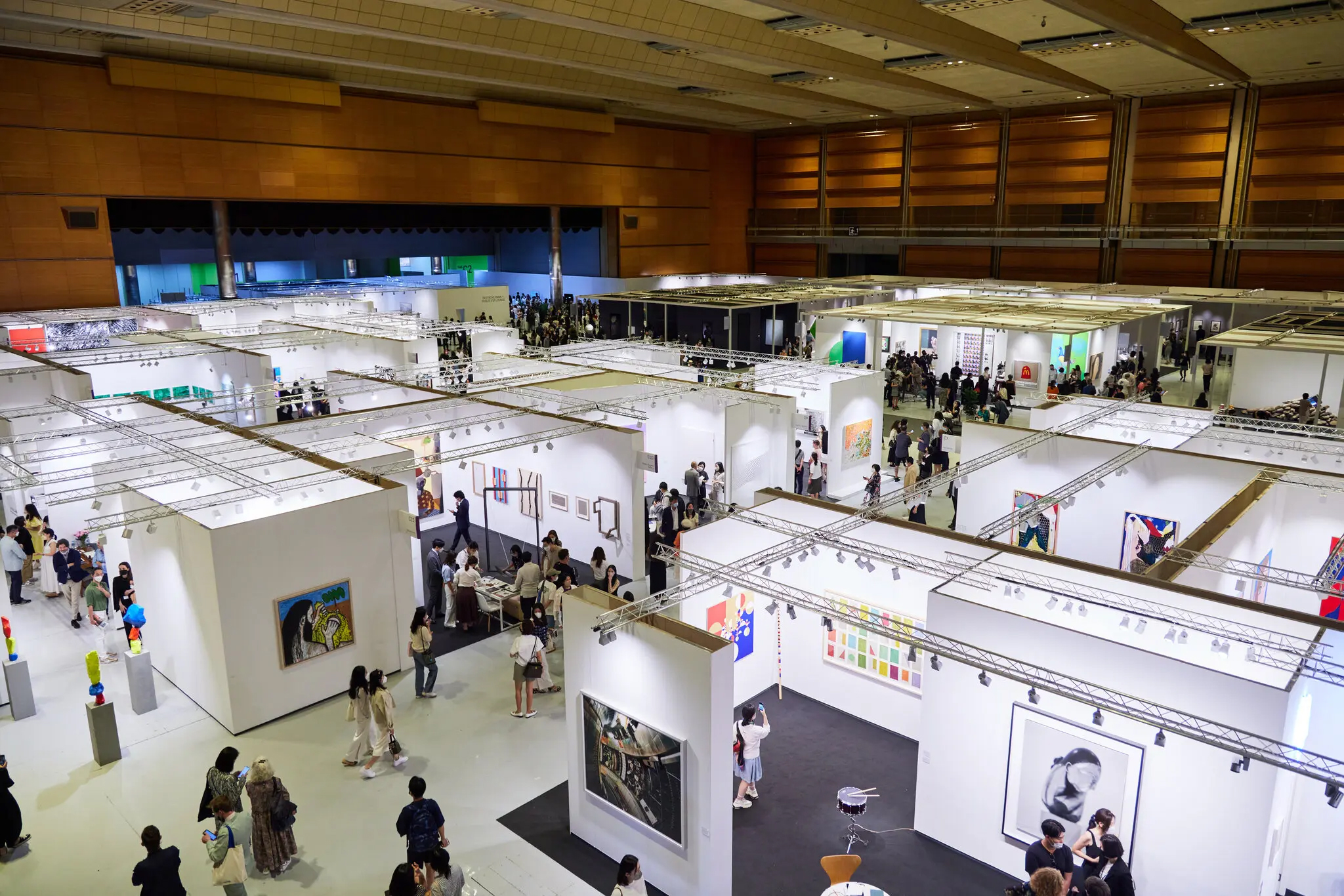
World-class arts scene
“My partner and I love the art scene in Seoul. We have gone to seven different Broadway shows so far, some in Korean and some in English. The art museums are fabulous. And the jazz clubs always have amazing local talent!”- GSG member, Class of 2020 -
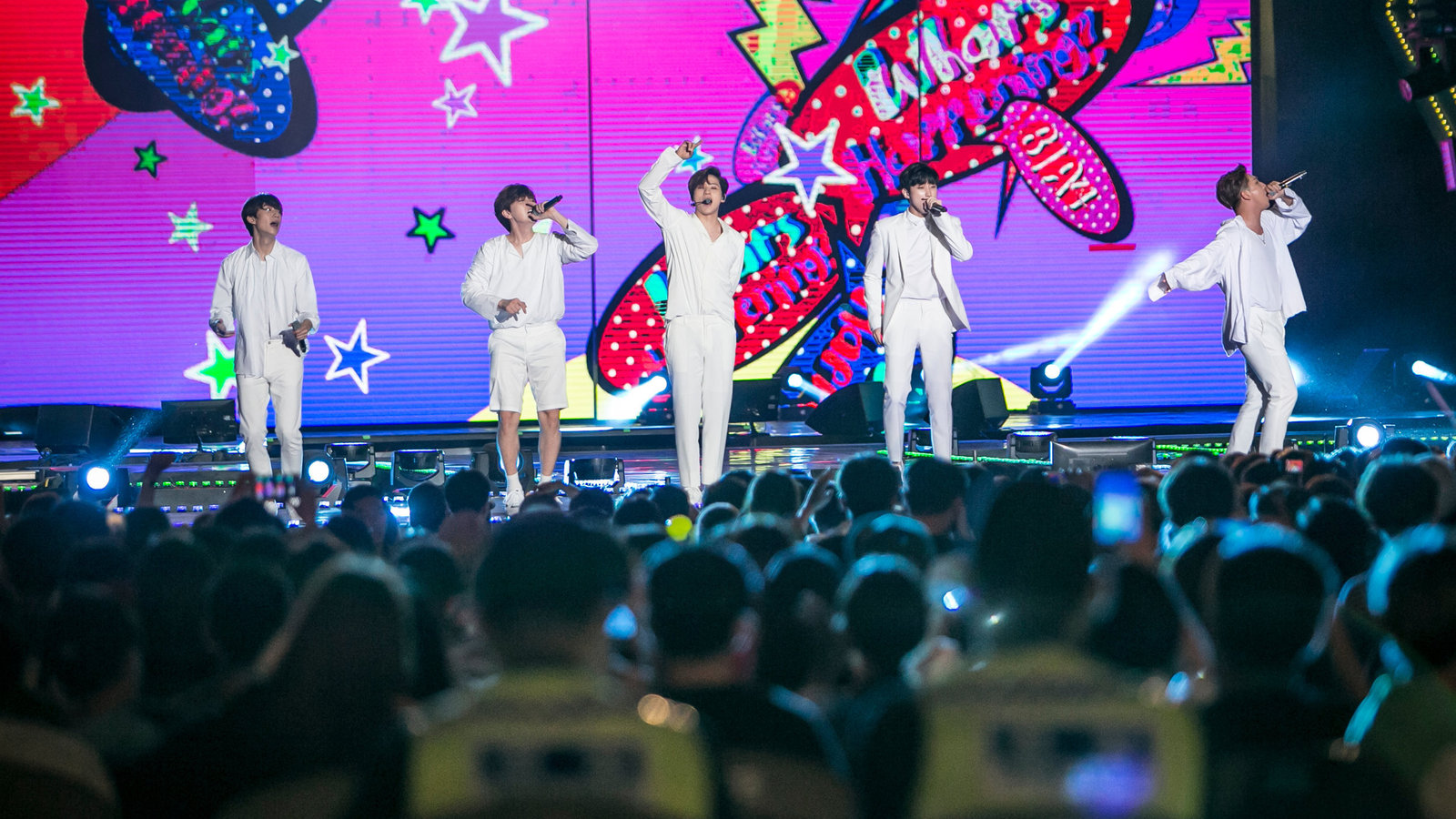
K-Culture!
“In Seoul you can find Korean culture & art that suits any type of lifestyle -- for me, that means watching street performances in Yeouido or Hongdae on a random weeknight or going to a giant water concert hosted by PSY in Jamsil.”- GSG member, Class of 2023 -
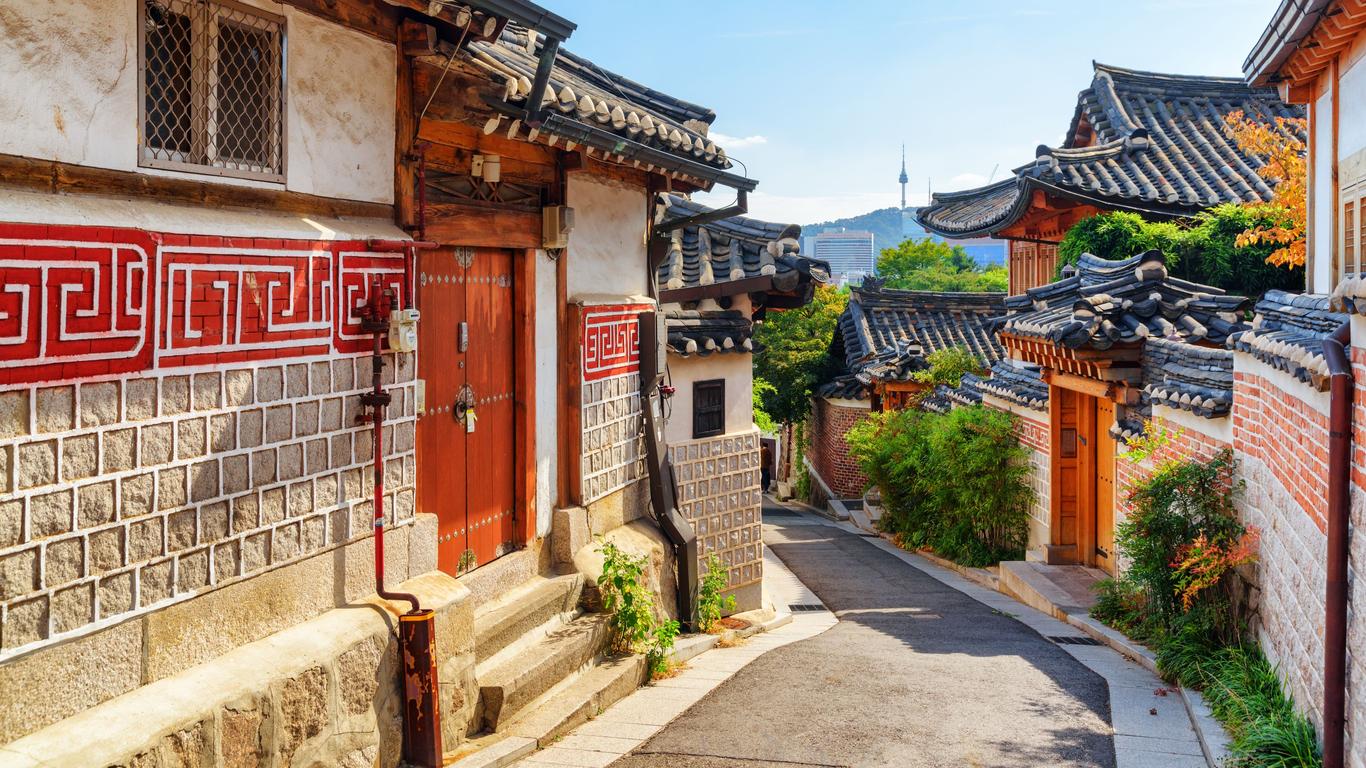
History & architecture
“Seoul’s architecture is very unique. It’s the perfect confluence of modern and traditional. I love to visit historical sites like the Changdeokgung Palace, and areas with hanok-style architecture.”- GSG member, Class of 2020 -
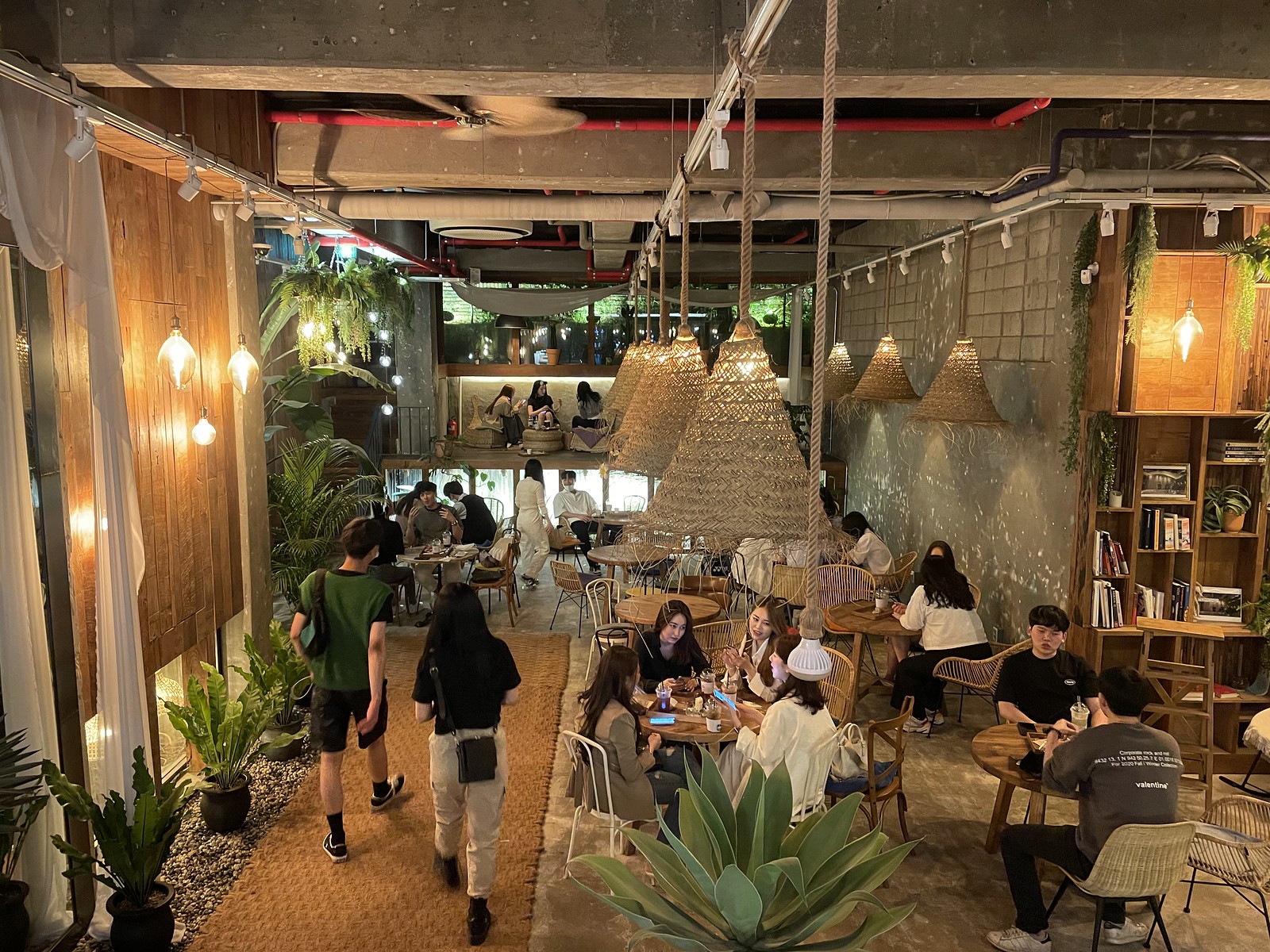
Cafe culture
“Seoul is BIG on cafes – I love exploring them, as each comes with its unique character and design. My two favorites are Conhas Coffee in Itaewon, which comes with its own swimming pool, and Osulloc Tea House in Bukchon, where you can sip on the best locally sourced green tea in a traditional Hanok.”- GSG Member, Class of 2023 -
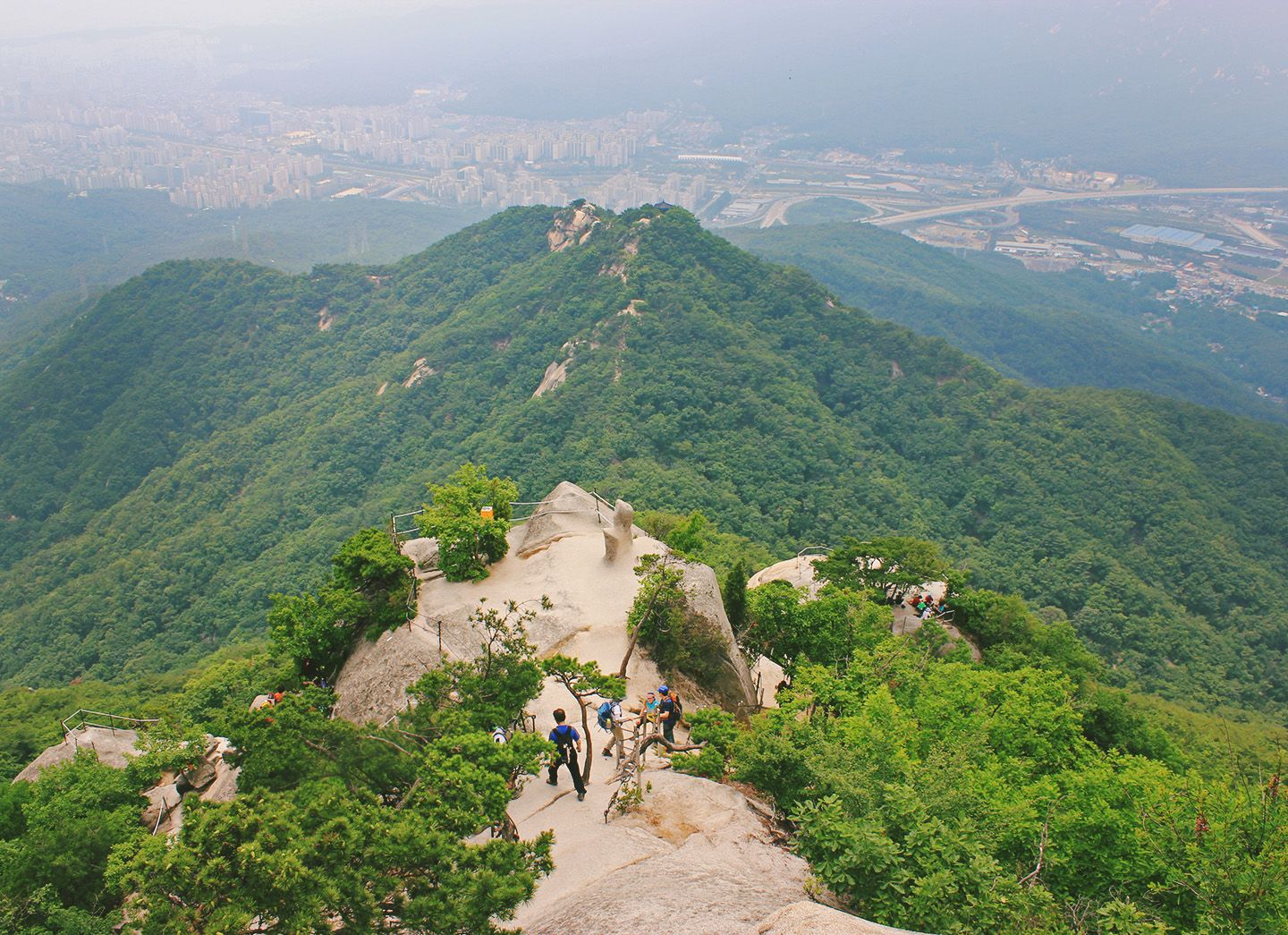
Accessible outdoors
"There are a lot of places to hike in Korea, including many in the heart of the city. Options range from beginner hikes like Namsan to more intermediate hikes like Bukhansan. My favourite so far has been Seoraksan National Park trail last Fall organized by the GSG hiking club!”- GSG Member , class of 2022 -
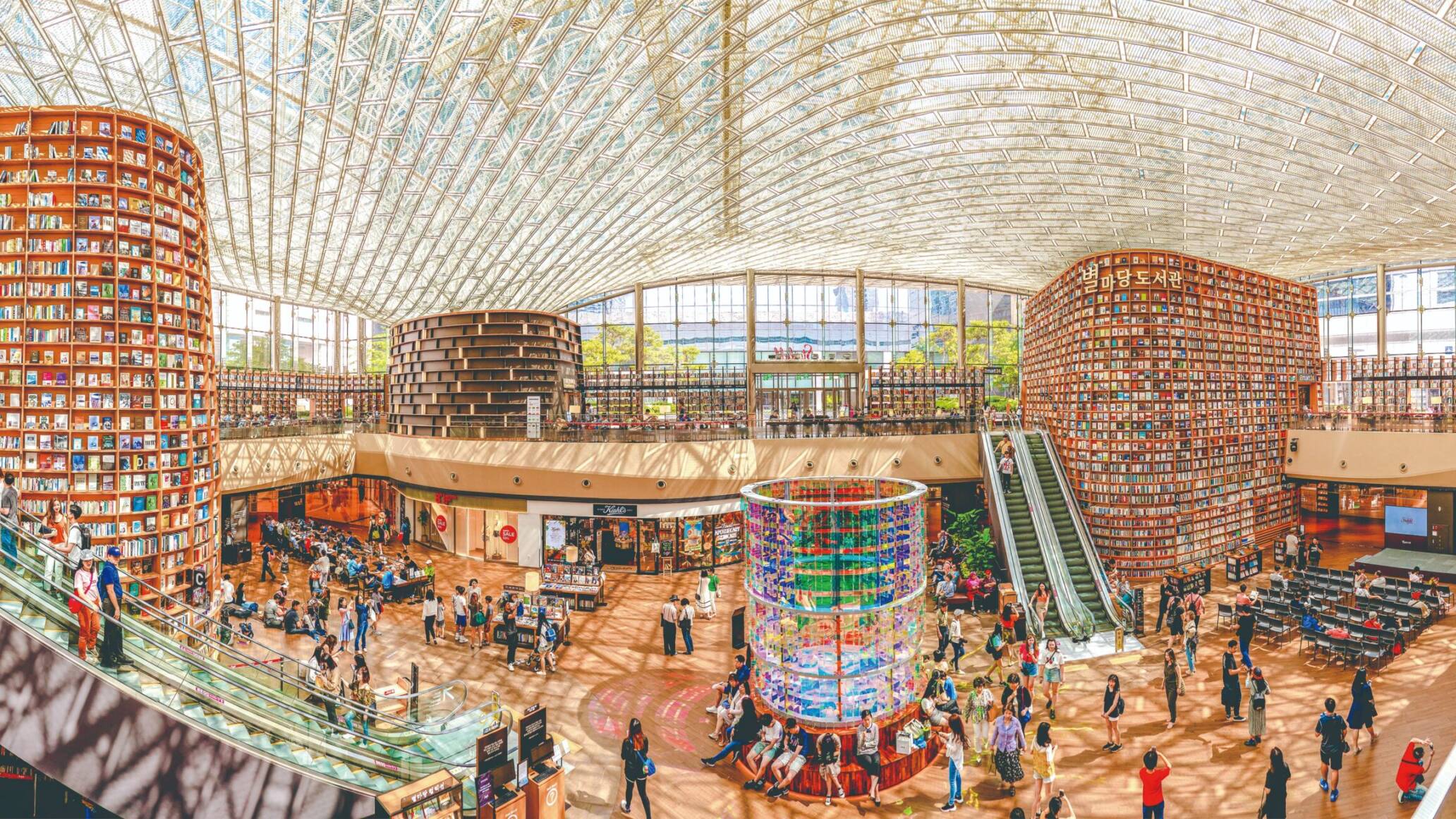
Widespread shopping
“I love shopping in Seoul, especially in Hannam-dong, where I can find a fantastic selection of local Korean brands. These shops in Hannam-dong always make me feel like I’m discovering hidden gems that capture the essence of Seoul's creative scene.”- GSG member, class of 2023 -
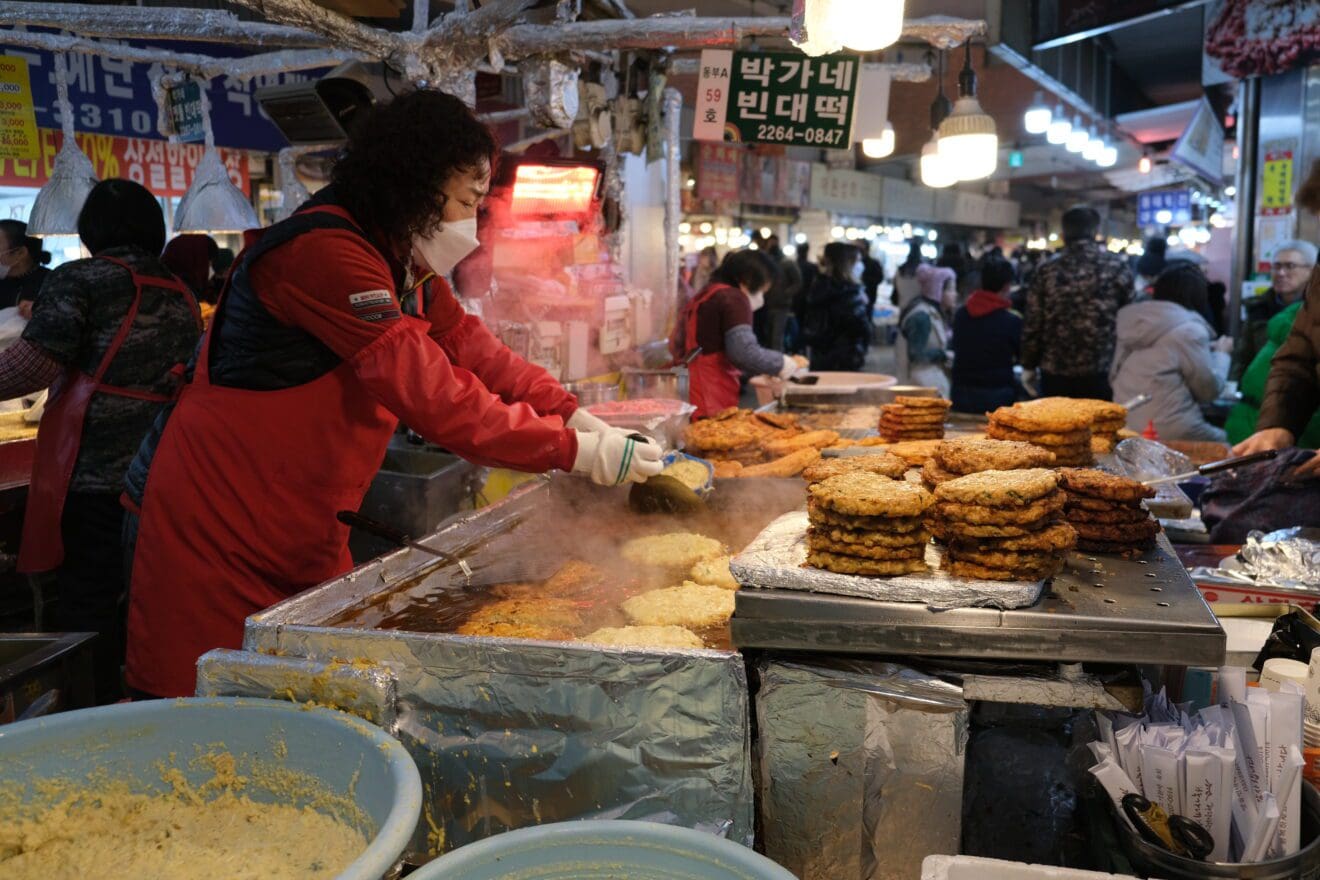
Street food & local markets
“There are many hidden markets in Seoul, where you can browse super interesting shops and get amazing street food. Going on a treasure hunt throughout the city is one of my favorite weekend activities!”- GSG member, class of 2022
it provides a very safe and convenient lifestyle
-
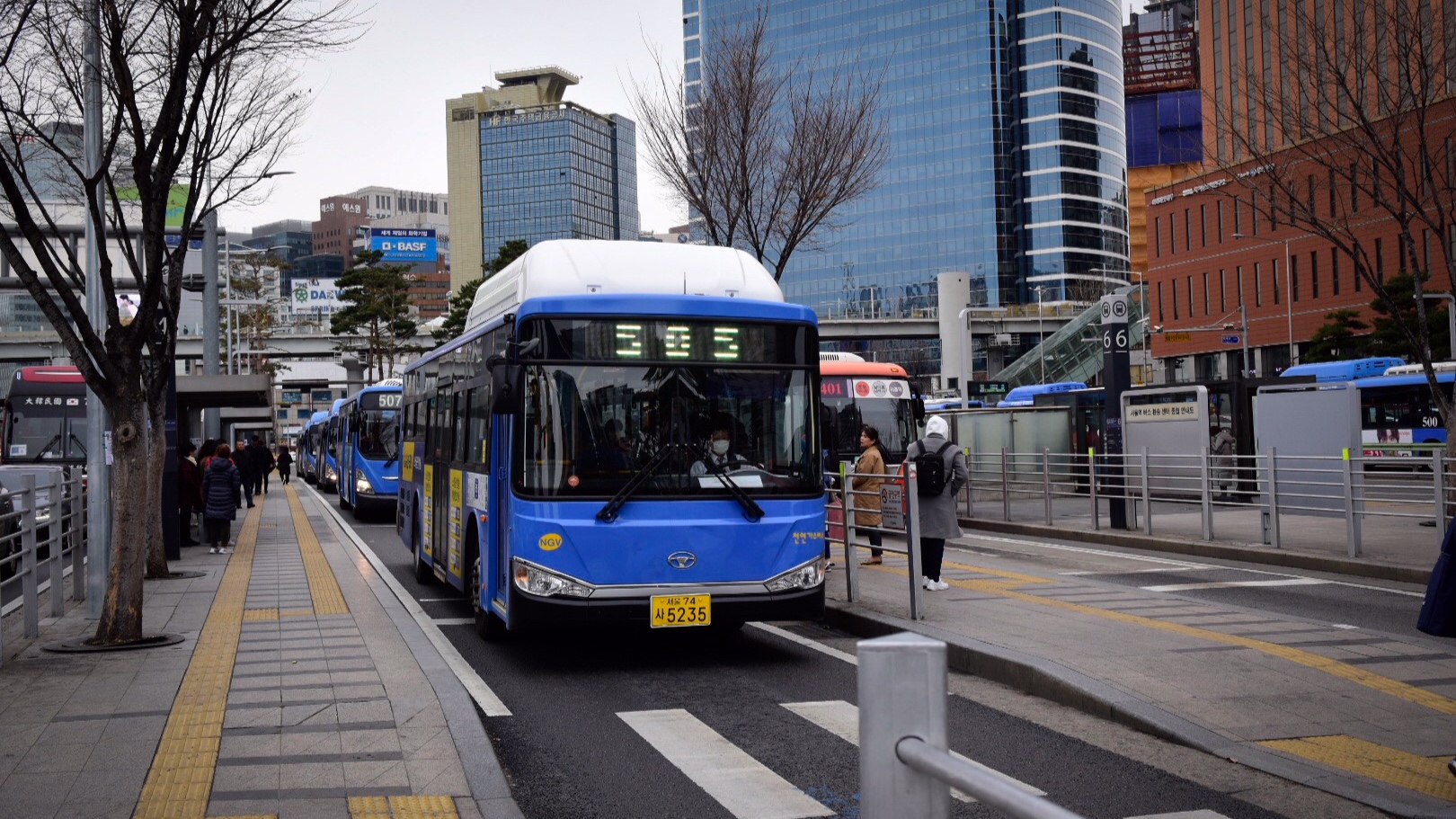
First-rate public transportation
“Having grown up in a city of similar size to Seoul, I am still in awe of the city’s public transport system: Always on time, huge city coverage, comfortable, and well maintained.”- GSG member, class of 2020 -
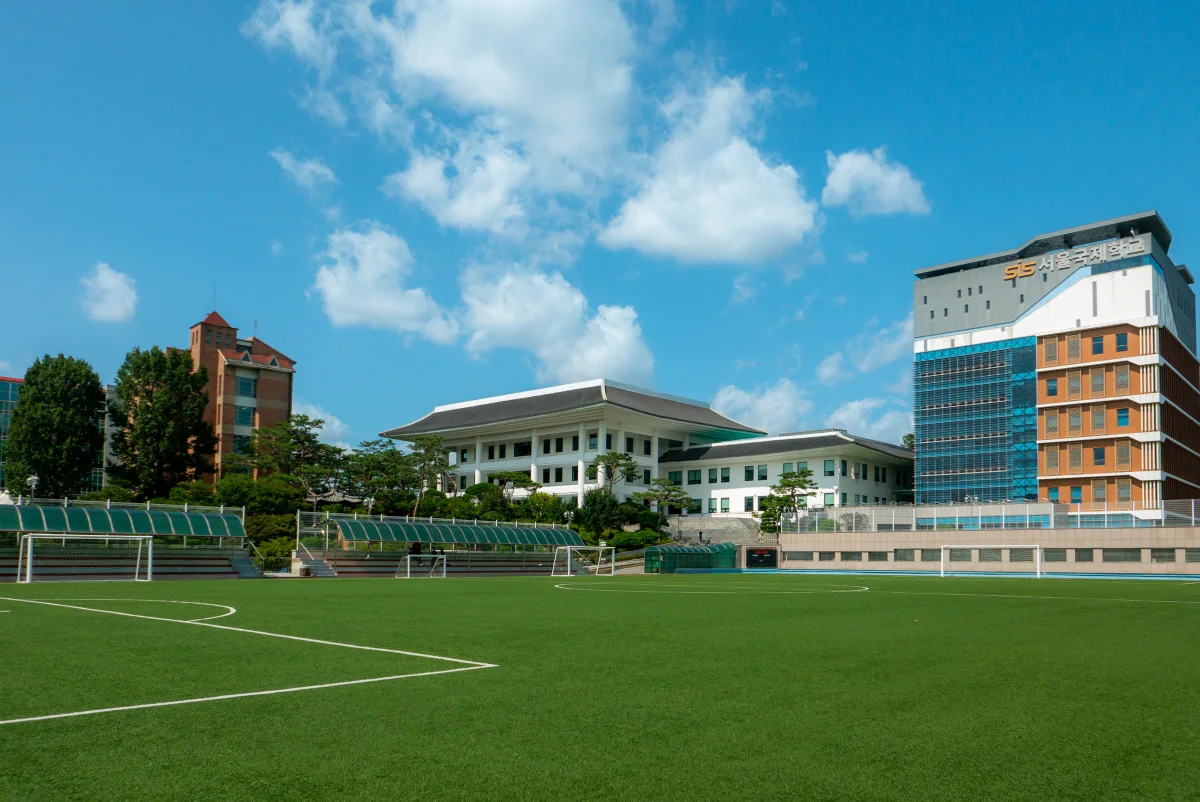
Fabulous schools
“Seoul offers a good variety of international schools, from IB to AP and British curriculum. Our child is having a great time given the friendly atmosphere, safe environment, and experienced faculties. Even so importantly, the wide range of sports and creative activities he can participate in makes it exciting for him.”- GSG member, class of 2021 -
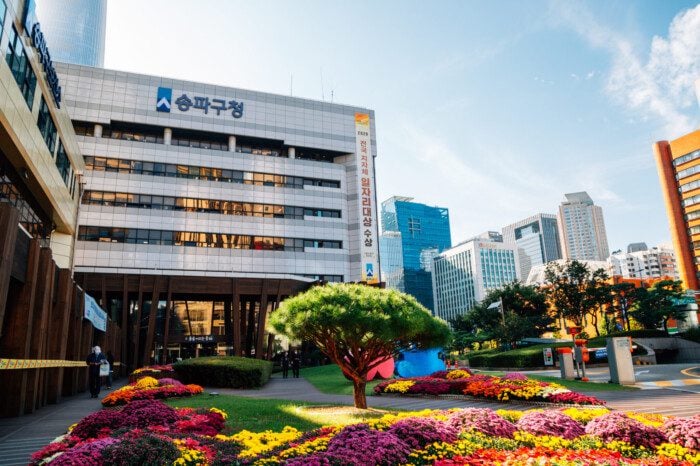
World-class healthcare
“One of the defining benefits of living in Seoul is access to world class healthcare at a moment’s notice. Everything from physio therapy, dental, health check ups, and even massages are covered by GSG’s insurance package, and are widely available.”- GSG member, class of 2022 -
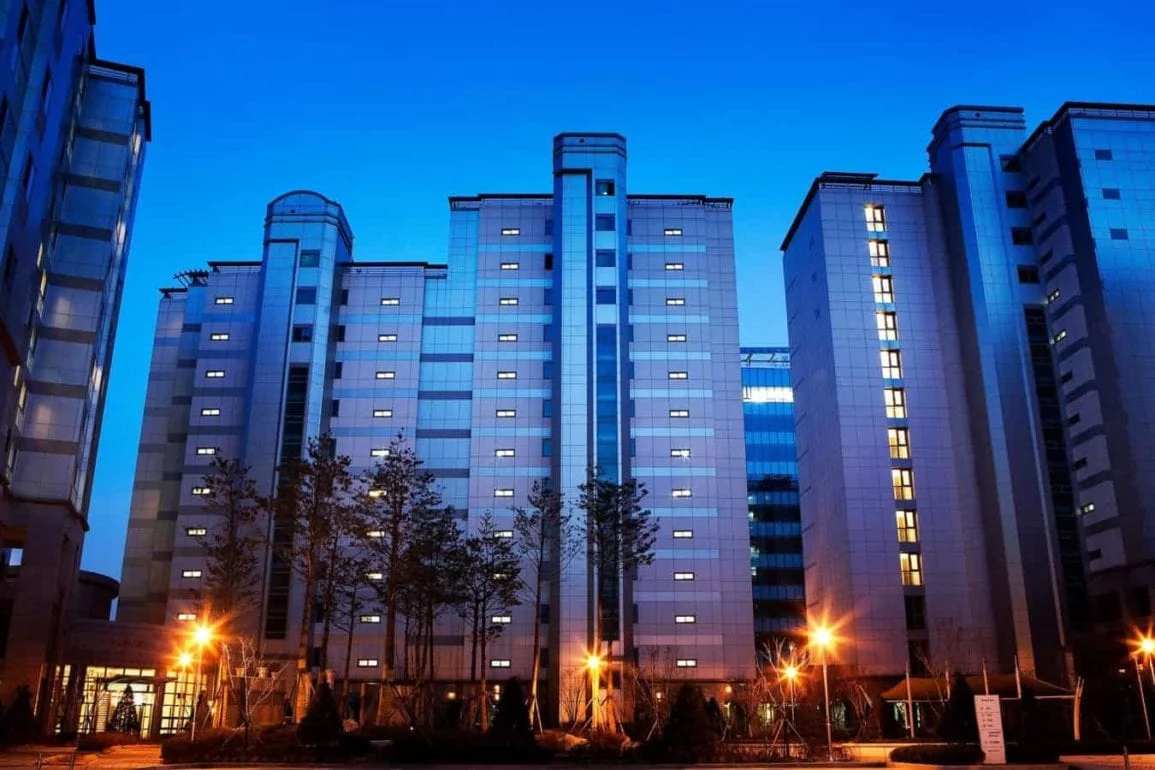
Safe and centralized living
“As a woman, my personal safety and security was a major decision factor in moving to Seoul, and so far, the city has lived up to my expectations. Seoul is also very well-connected via public transportation, even at night, adding to the convenience of living here.”- GSG member, class of 2023
and great accessibility to the rest of Korea and Asia
-
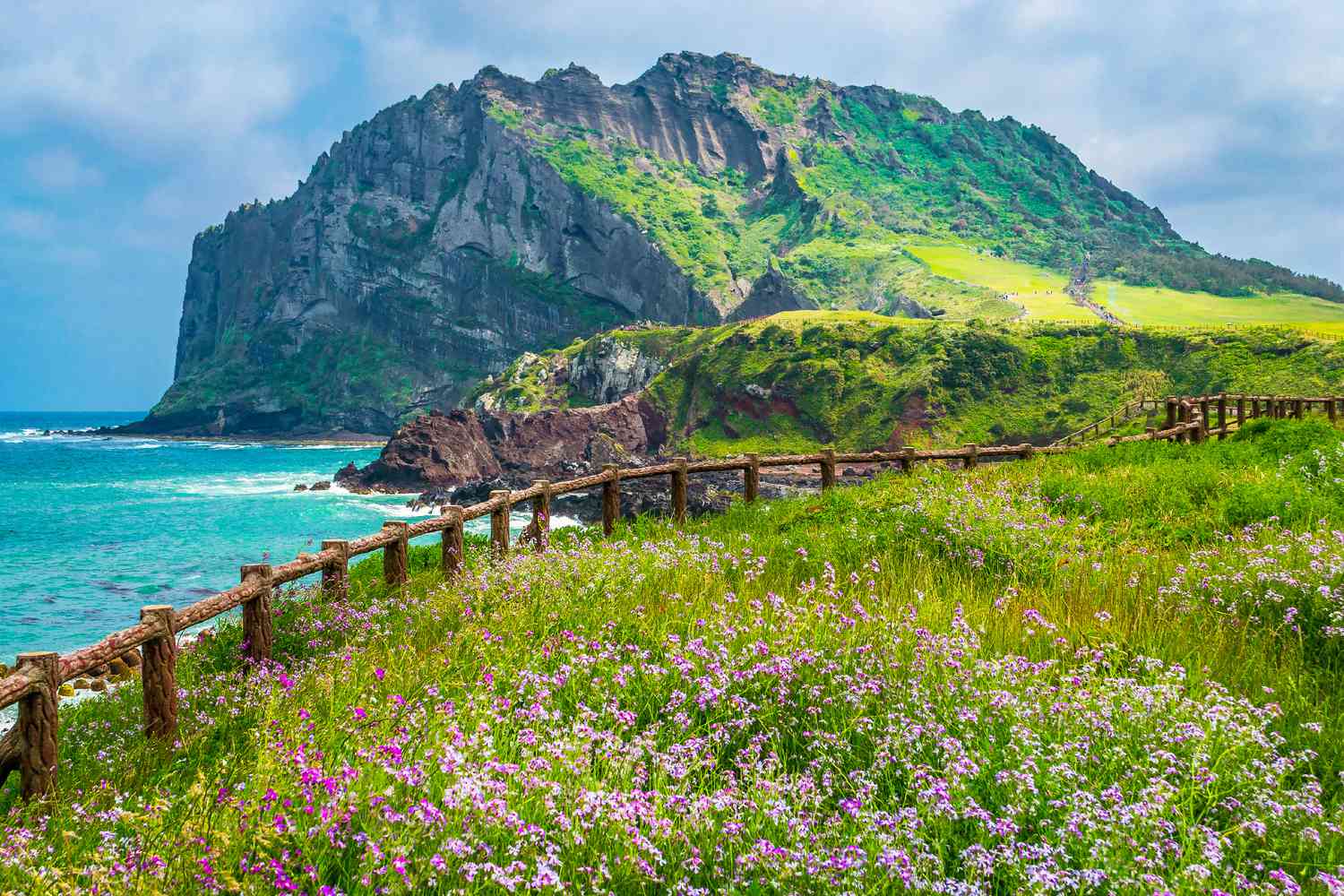
Busan and Jeju, South Korea
“Having Jeju just one hour away by plane is priceless! It is not only a great place to eat well, enjoy the scenery and relax by the beach... But also a great getaway spot for golf! Yes, it’s one of those sports you can easily pick up in Korea.”- GSG member, class of 2022 -
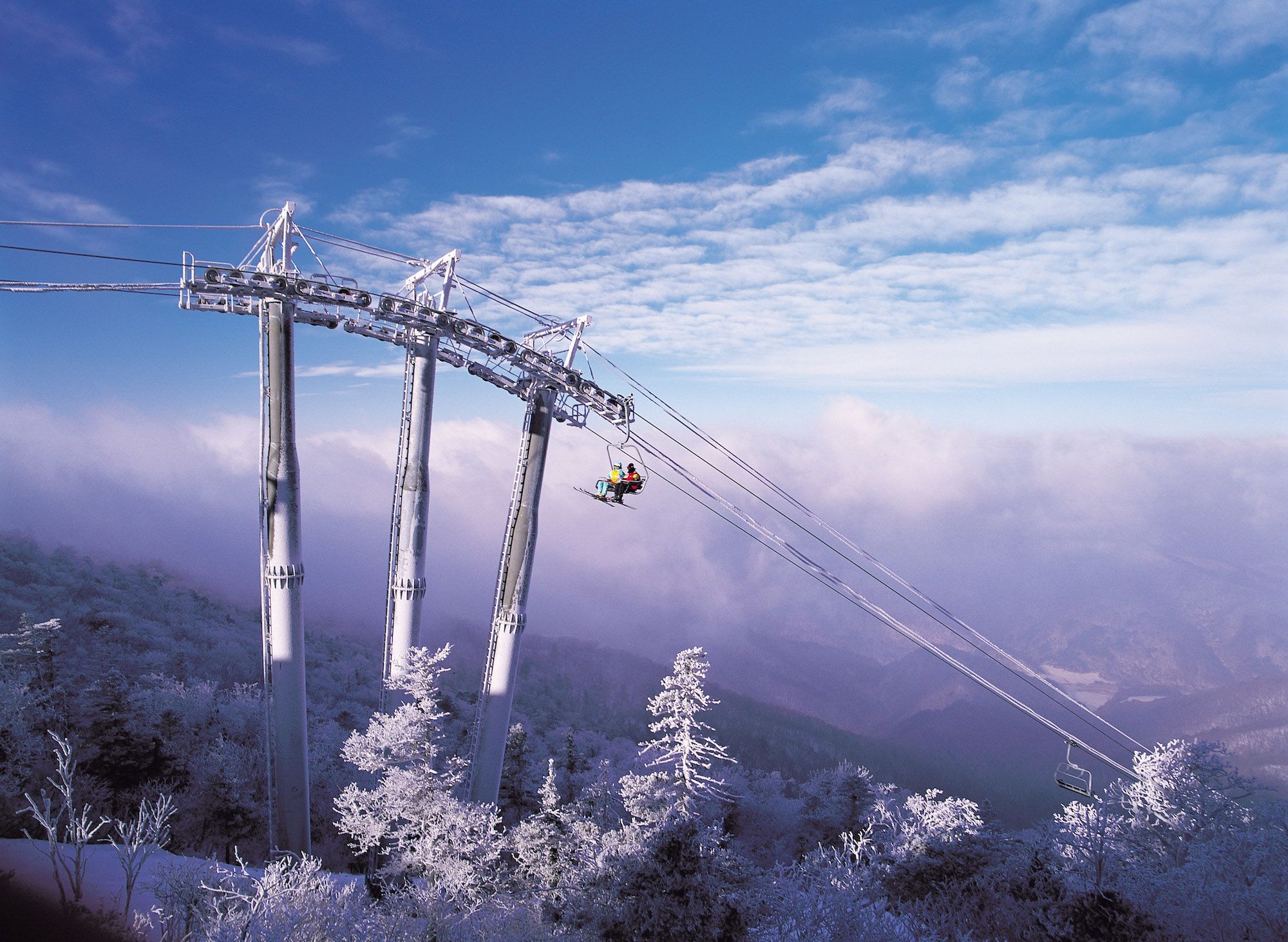
Korea skiing & beaches
“Korea has beautiful natural landscape: from a beach vacation to a rock climbing trip, you will love the country if you are an outdoor adventurer!”- GSG member, class of 2022 -
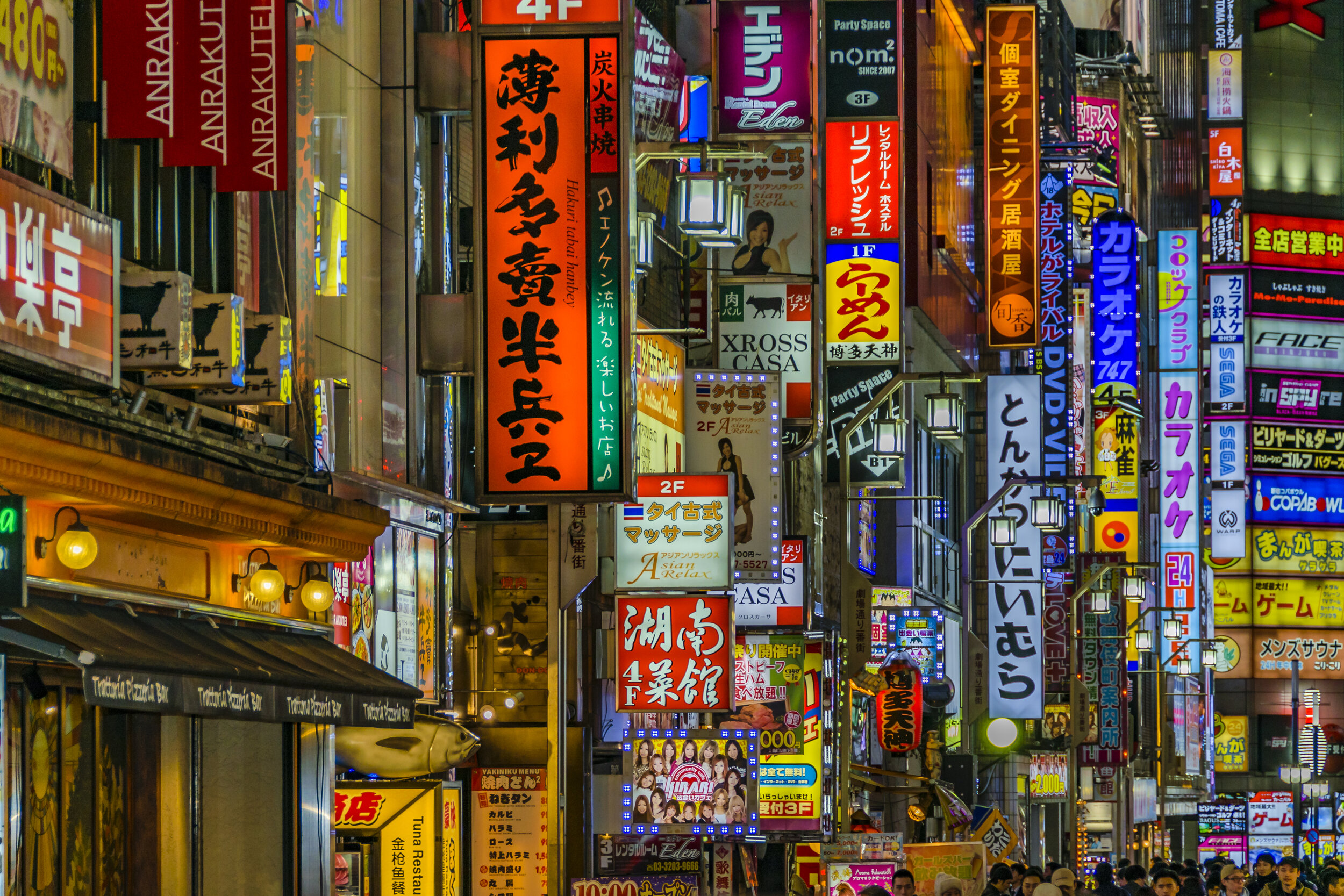
Quick flights to Japan, China, Taiwan, and more
“Seoul has plenty to offer but if you ever want to explore other East Asian hubs, Hong Kong, Tokyo , Beijing and Taipei are all 2-3 hours away, and convenient and amazing picks for a weekend getaway!“- GSG member, class of 2022 -
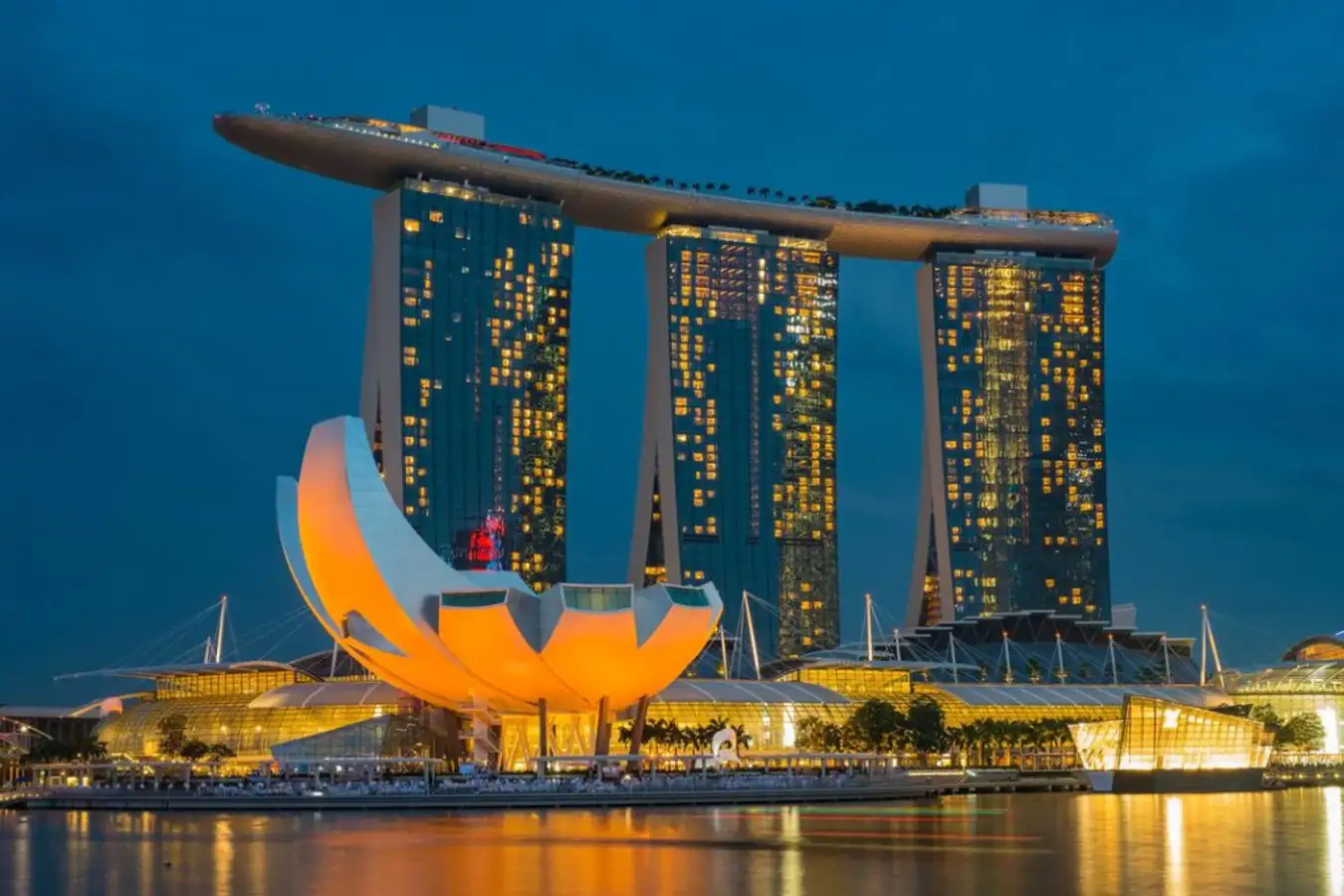
Proximity to South & Southeast Asia
“Since joining Samsung GSG, I have traveled almost every month to various parts of south and southeast Asia for visiting family & friends, and for spontaneous weekend trips with great food!”- GSG member, class of 2023


